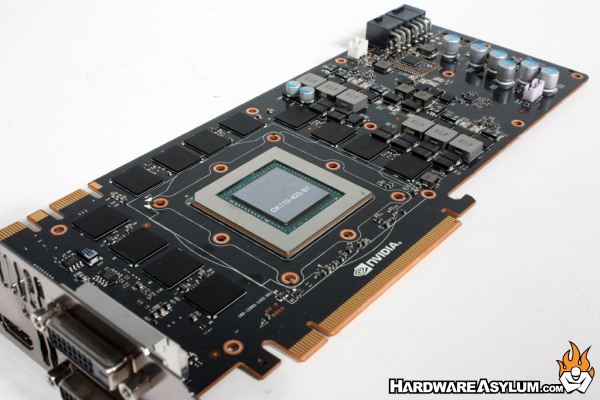NVIDIA GTX 780 Ti Video Card Review
Author: Dennis GarciaGPU Boost 2.0
GPU Boost is best described as a turbo boost option for the GPU. Traditionally GPUs came with fixed clocks for both 2D and 3D operation which were determined based on a maximum load that stayed below a predefined power target. Often these limits were determined using a synthetic benchmark and not a real world situation so, overall performance was limited. GPU Boost changes that by allowing the core frequency to "average out" under load so that when TDP is not reached it can increase the core frequency and provide better performance.
GTX 780 Ti expands on this concept and exposes GPU Boost to the enthusiast in what NVIDIA calls, GPU Boost 2.0. The new boost technology now scales frequency using GPU temperature and a power target instead of overall board power.
The end result is that overall performance can actually increase if your chassis is properly cooled. Along the same lines if you choose to watercool your video card you will see even better performance due to lower GPU temperatures and because the power used to drive the cooling fan has been removed from the calculation.

So where does all of this extra performance come from?
As part of the GPU Boost 2.0 technology the boost controller will also dynamically control GPU voltage along with frequency. So long as the GPU stays within the allowed power and temperature range you have the ability to boost.
But there is more!
Default voltages on 780 Ti are limited to a range fully qualified by NVIDIA. These voltages are set to protect the silicon from long term damage. However, some of their more enthusiastic customers (like us) may want to push their GPUs to the limit by raising the maximum voltage further. GPU Boost 2.0 enables this "overvoltaging" capability, but does require users to acknowledge the risk to their GPU by clicking through a warning (overvoltaging is disabled by default). Each individual card manufacturer may limit the degree of overvoltaging supported by their cards. Support of overvoltaging is optional, and can be disabled in the VBIOS by the card manufacturer.
During our testing we used the EVGA Precision to overclock the card. At no time during our adventure did we need to change anything related to voltage. Maybe this speaks to the quality of the silicon but we would like to think that the dynamic voltage adjustment was working like it should.

